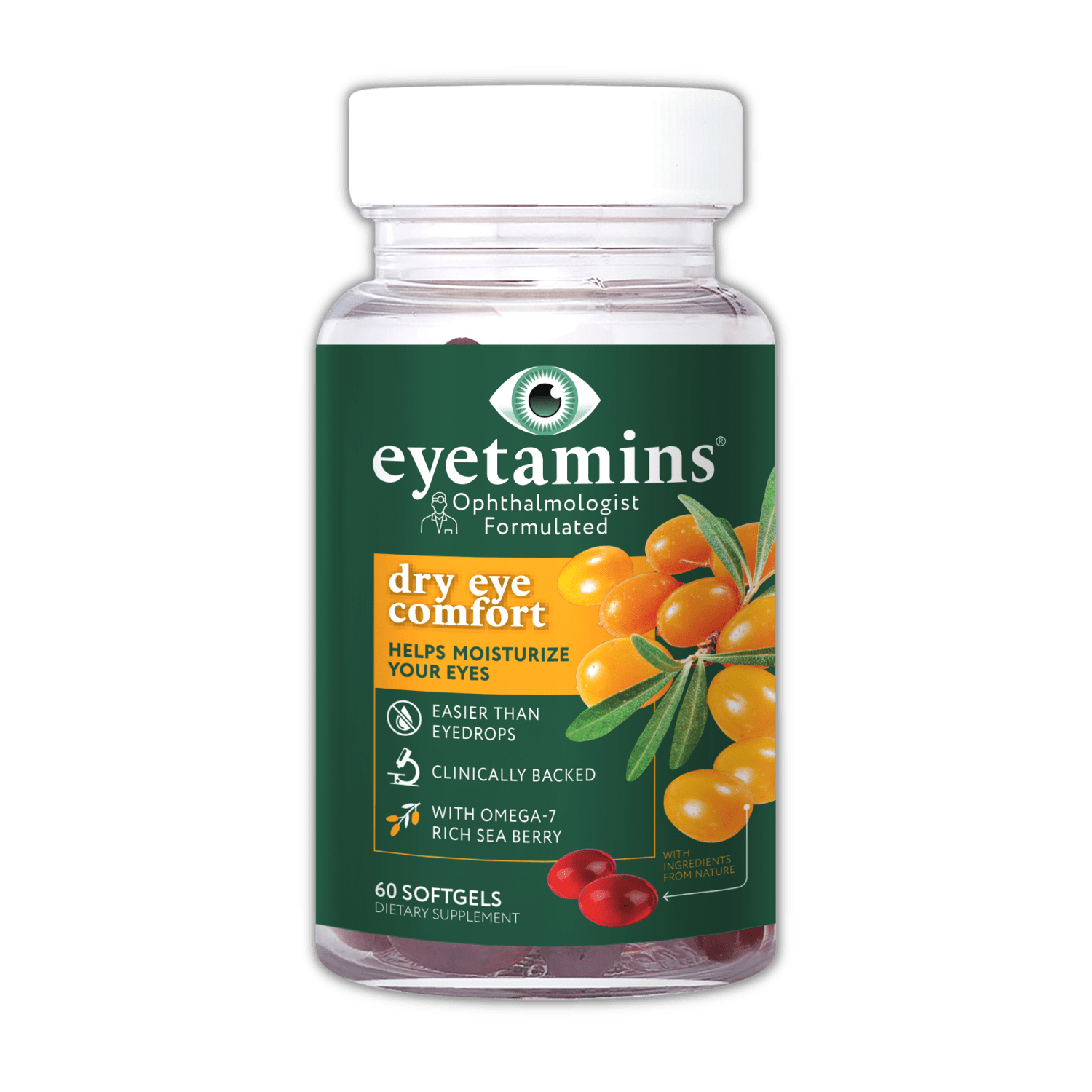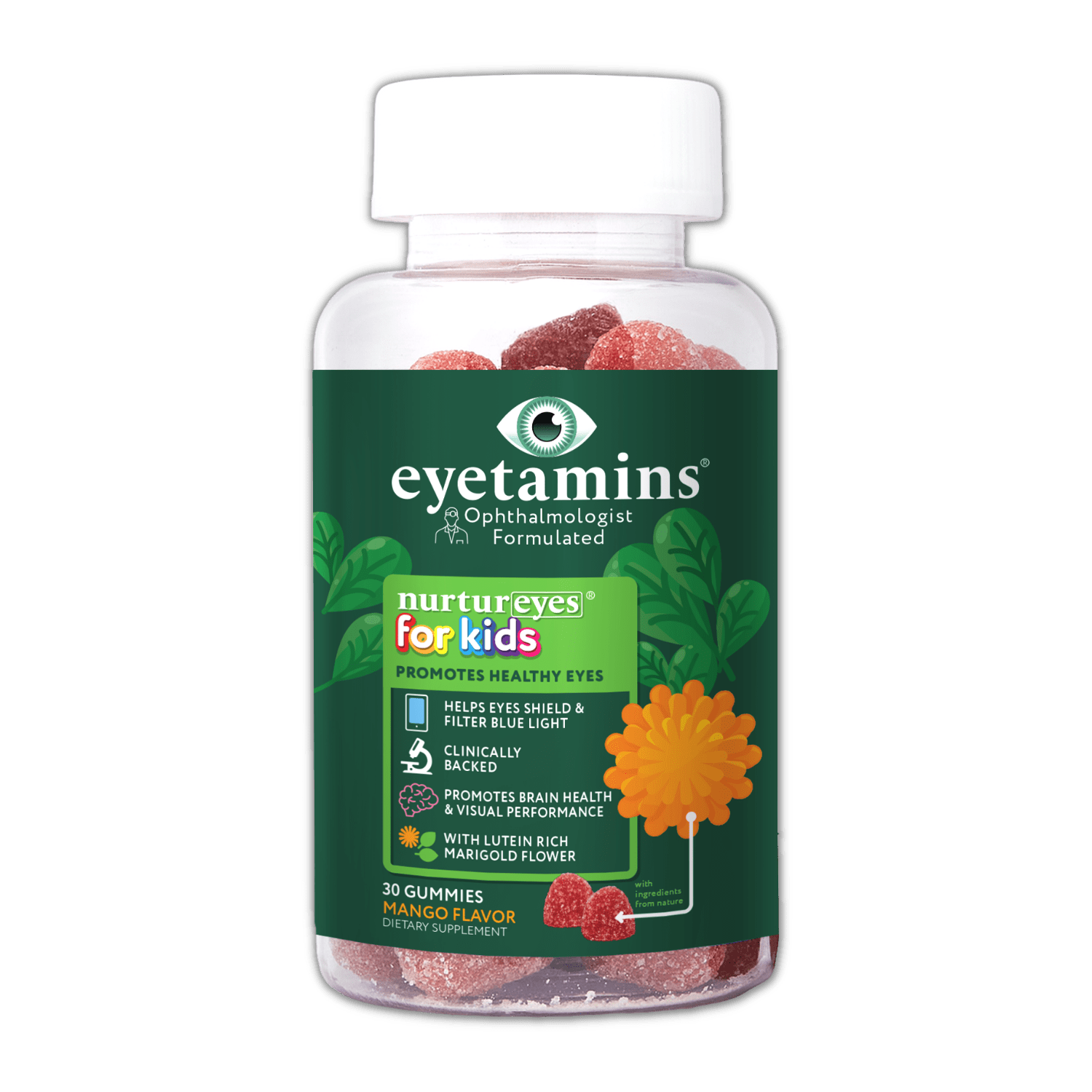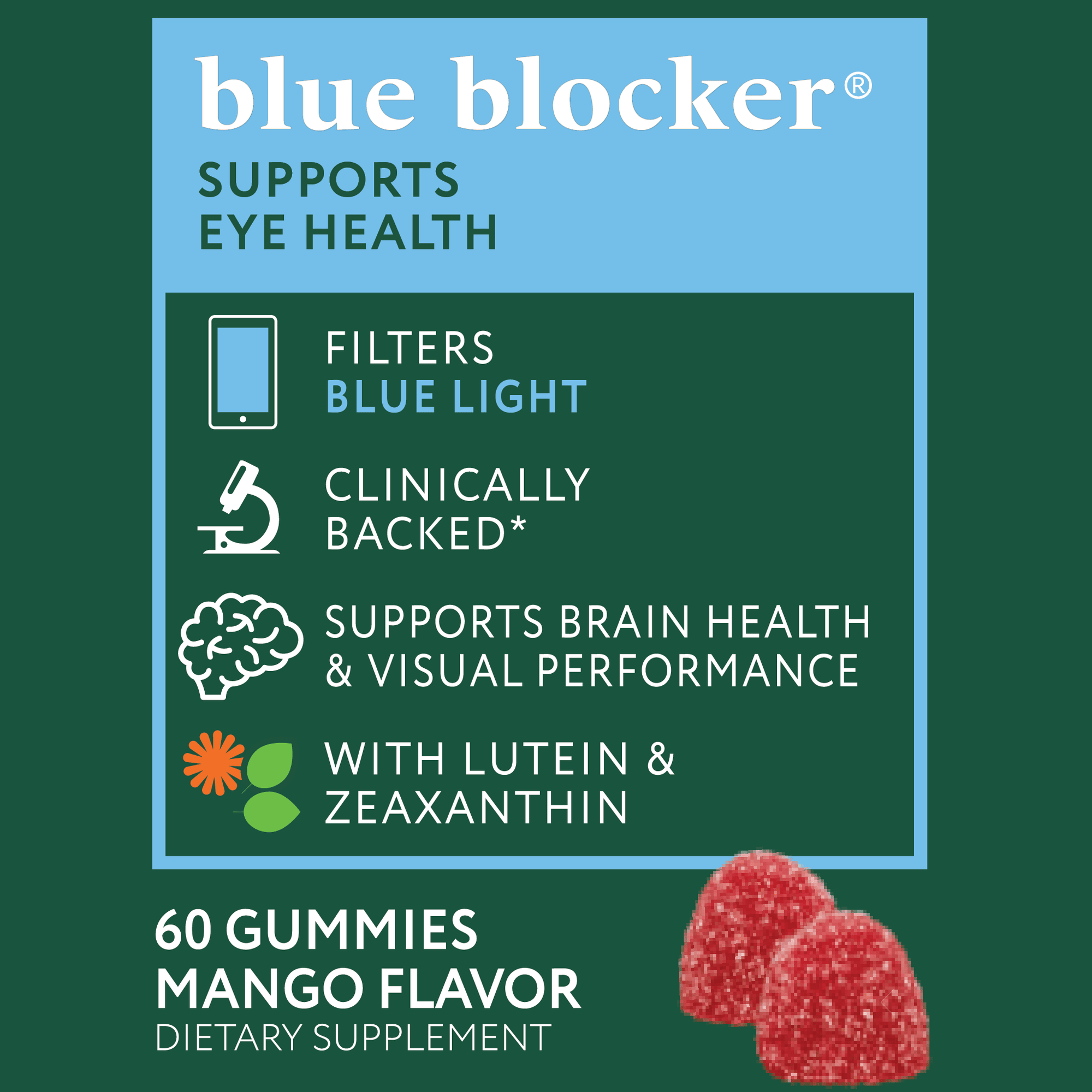· By Dr. Kaushal M. Kulkarni, M.D.
What Computer Vision Syndrome Means
Essentially, Computer Vision Syndrome (CVS) refers to a group of eye problems caused by computer use, including tablets, e-readers, and smartphones. It happens because your eyes are working extra hard while staring at a screen, often with a lower blink rate. Furthermore, our eyes react differently to characters on a computer screen than they do to characters printed on paper. It’s easier for our eyes to focus on paper print because there is a strong contrast and definition between the black characters and simple background.
Unfortunately, that is not the case when it comes to reading on an electronic screen. Computer screens are made of pixels, which are tiny points of light with varying intensities to make up every digital image. For this reason, screen devices are not as sharply focused forcing the eyes to work harder. We can’t forget about the added factors, such as glares, reflections, and different viewing angles that make viewing even more difficult.
Common Causes of Computer Vision Syndrome
Aside from the digital screen itself, this syndrome can be caused by factors such as:
- Glare or reflection on digital screens
- Poor lighting
- Uncorrected vision issues
- Bad sitting posture
- Improper viewing distances and angles
- Lack of blinking
For example, some people tilt their heads to view a computer screen without even realizing they are doing it. They will bend towards the screen to see it clearly or view it around glares.

If you meet any of the following, you are at a greater risk:
- Spend 2 or more hours on a computer or digital device a day
- Sit too close to the screen
- Use bad posture while sitting at a desk
- Avoid breaks while working
- View electronic screen devices at bad angles
Let’s not forget that children are using digital screens just as much, if not more, than adults in today’s technology driven world, thus children are as equally susceptible to Computer Vision Syndrome as adults.
6 Most Common Symptoms
As with most syndromes, there are signs we can watch for to know if we may be suffering from Computer Vision Syndrome. These are the most common symptoms:
- Blurred or double vision
- Dry, red eyes
- Headaches
- Neck and shoulder pain
- Loss of focus
- Eye twitching
If you find yourself having some or all of these symptoms, schedule a visit with your eye doctor for a comprehensive eye exam.
If you already wear prescription glasses or contact lenses, this does not mean you are not vulnerable to getting it. Typically, glasses are prescribed for general use. However, you may require a different prescription for viewing digital screens. In fact, you may need special glasses for computer use even if you have perfect vision.
Can Computer Vision Syndrome Be Treated?
Thankfully, yes! It can be easily diagnosed and treated through a thorough eye examination. Luckily, most symptoms lessen once the individual stops using the computer or digital device. The amount of time it takes for the symptoms to go away fully will likely vary from person to person. To help lessen symptoms even more, take vitamins to benefit your eyes. Factors such as how long they were using the device and underlying eye conditions all affect the length of any symptoms.
If you have underlying eye conditions, your eye doctor may advise you to:
- Get a new pair of glasses for computer-use specifically
- Use lubricating eye drops
- Take steps to create a work environment that is humid
- Stay hydrated by drinking plenty of fluids
- Get a prescription medicine that will increase tear production
Avoid wearing the wrong prescription and worsening your symptoms by visiting your eye doctor annually for exams or as advised for check-up. It is the best way to keep your prescriptions up to date.

8 Things You Can Do to Reduce Your Risk Starting Today
Studies have shown that most computer users experience eye discomfort of some level. With that being said, it is reasonable to say most people who work on a computer can benefit from wearing glasses specifically for computer-use. Fortunately, you do not have to visit the eye doctor to start preventing your risk of Computer Vision Syndrome. Here are changes you can make right now:
- Rest your eyes: The best way to help your eyes is to give them a rest when using a computer for long periods of time. NOTE: This does not mean you should stop staring at your computer to stare at your smartphone. Rest your eyes by avoiding any electronic screens for 15 minutes after 2 hours of continuous use.

- Use the 20-20-20 Rule: requires you to take a 20-second break and view something, it can be pretty much anything, from 20-feet away every 20 minutes while blinking to keep your eyes moist.
- Take Vitamins: Start taking vitamins to benefit your eyes, such as our blue blocker® gummies by eyetamins. For children, we highly recommend Nurtureyes.
- Blinking: The process of blinking is what keeps our eye moist. Viewing a digital screen causes us to blink less, leading to dry eyes.
- Tweak settings: Adjust the brightness and contrast of your screen. Enlarge the font size on your computer and digital device screens making it easier for your eyes to see.
- Invest in Anti-glare/Anti-Reflective products: Purchase anti-glare screen protectors or filters to reduce reflections for electronic devices or invest in Anti-reflective (AR) coating to reduce reflections on the surface of your lenses.
- Good Lighting: Use blinds or drapes to block light to avoid glare on the screen and replace light bulbs with low wattages so it is less harsh on the eyes.
- Proper desk setup: Arrange your desk so that you look downward at the monitor and about 20-28 inches from your eyes. Next adjust your chair so your feet rest flat on the floor and place your arms to provide support to the wrists while typing; your wrists should not rest on the keyboard.
At the end of the day, your best line of defense against the condition is prevention. Resting your eyes regularly is one of the best ways to treat Computer Vision Syndrome. This is particularly true for teenagers, whose eyes are most susceptible to progressive nearsightedness from focusing fatigue.












